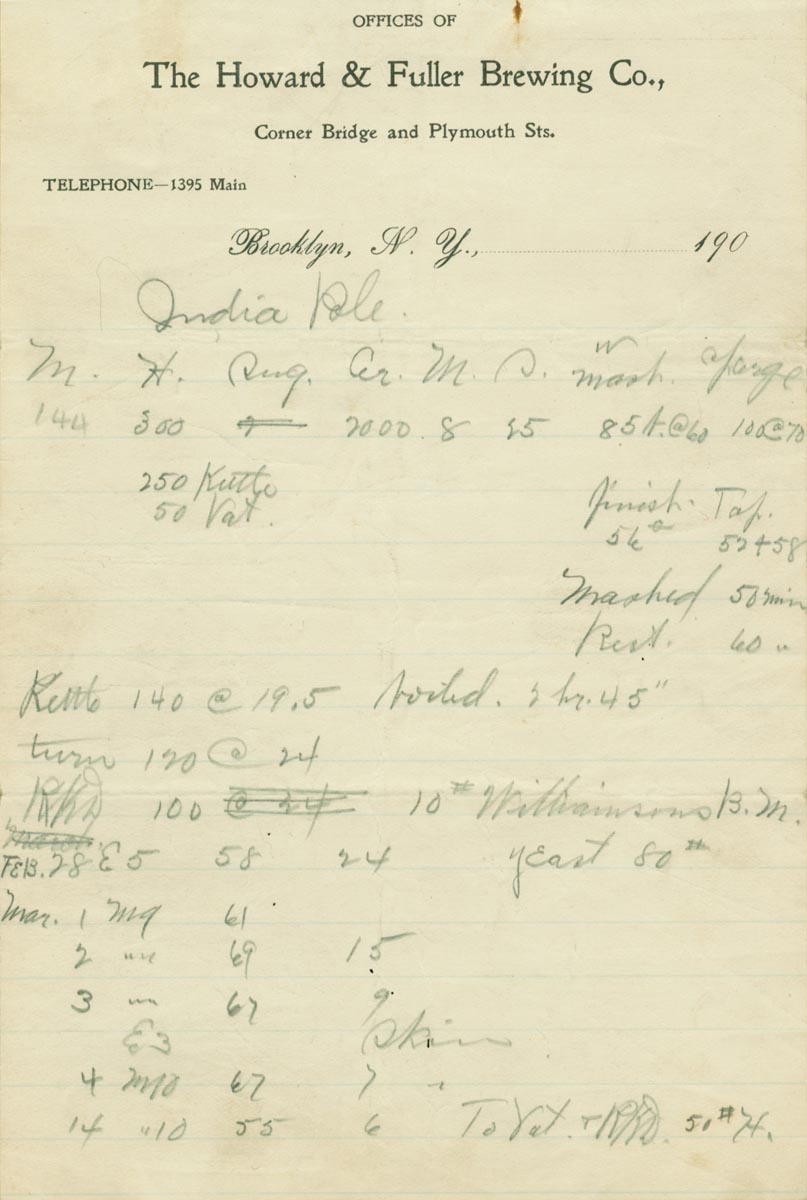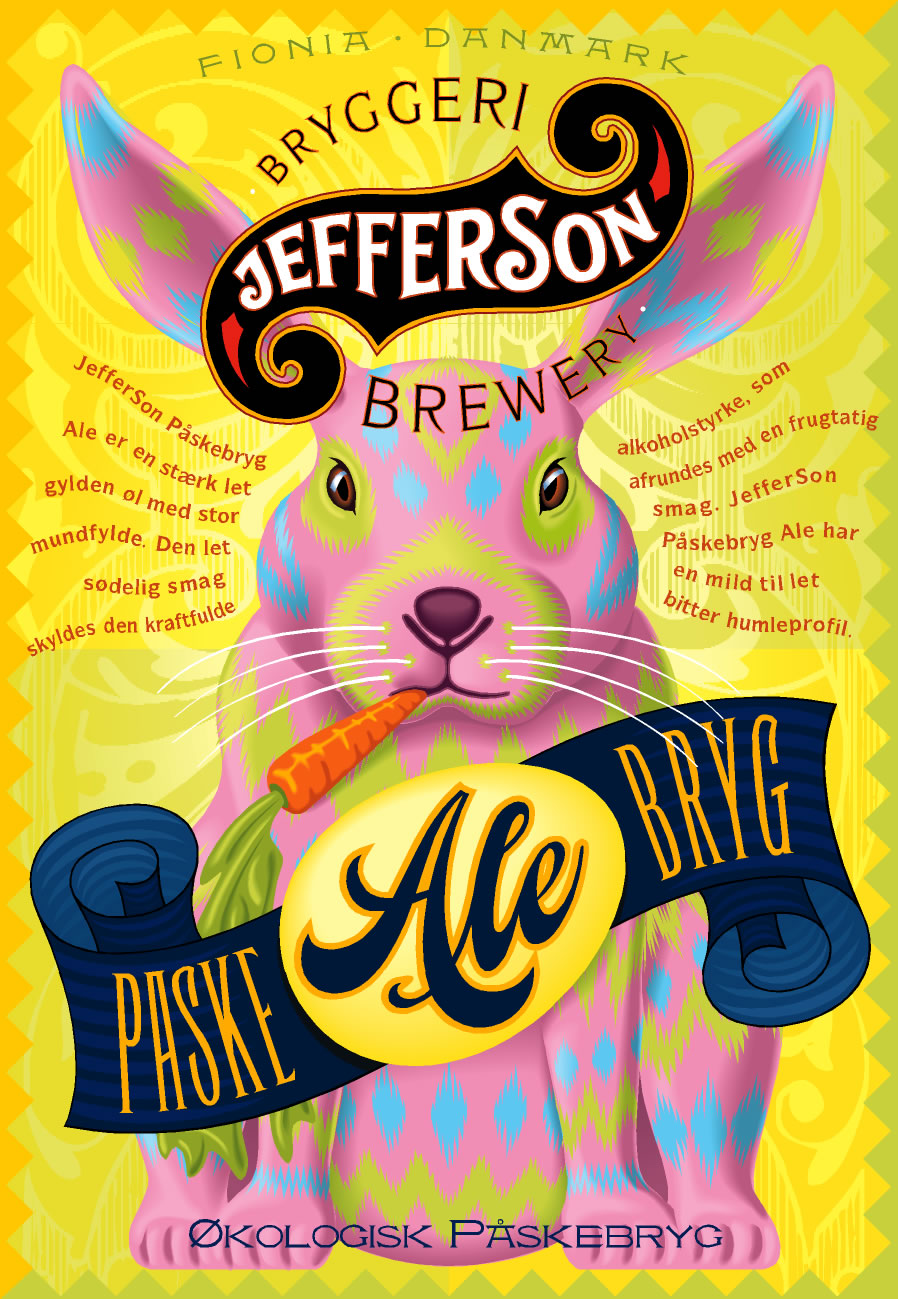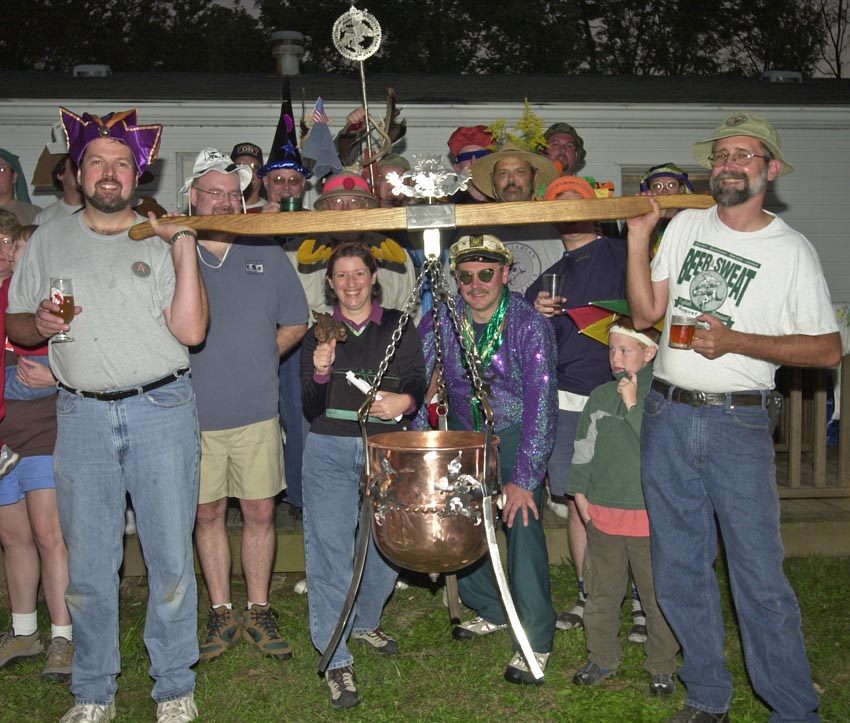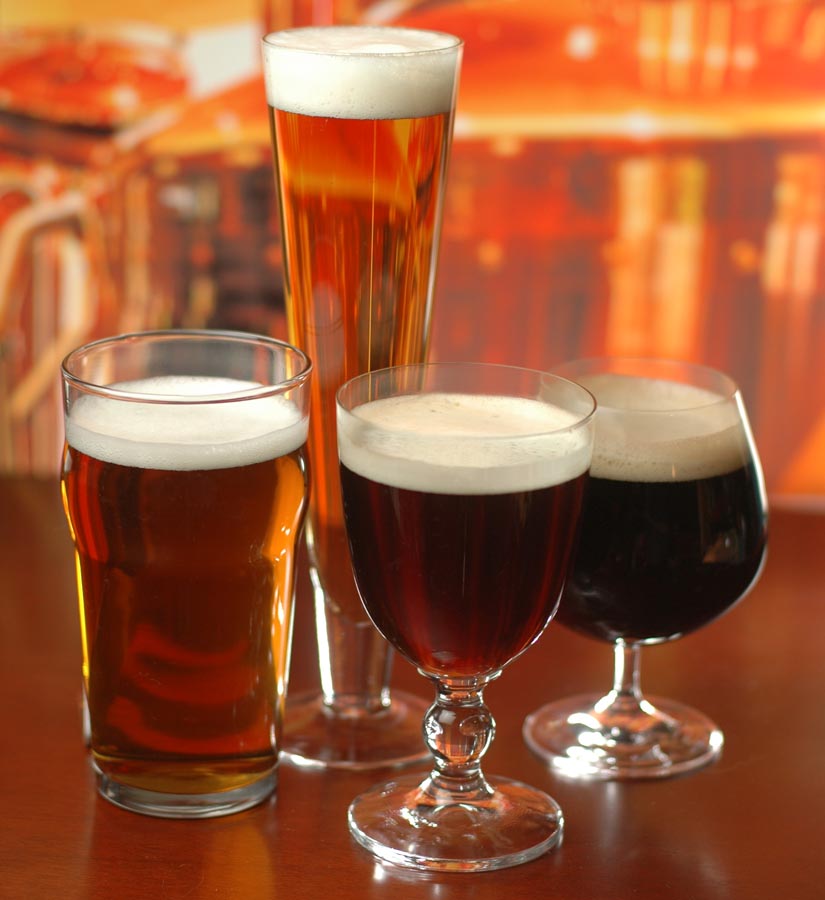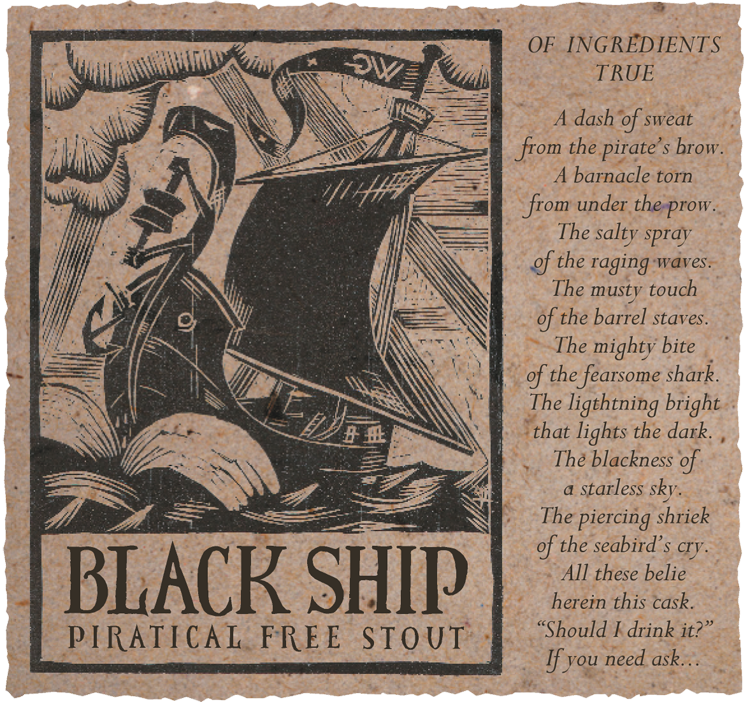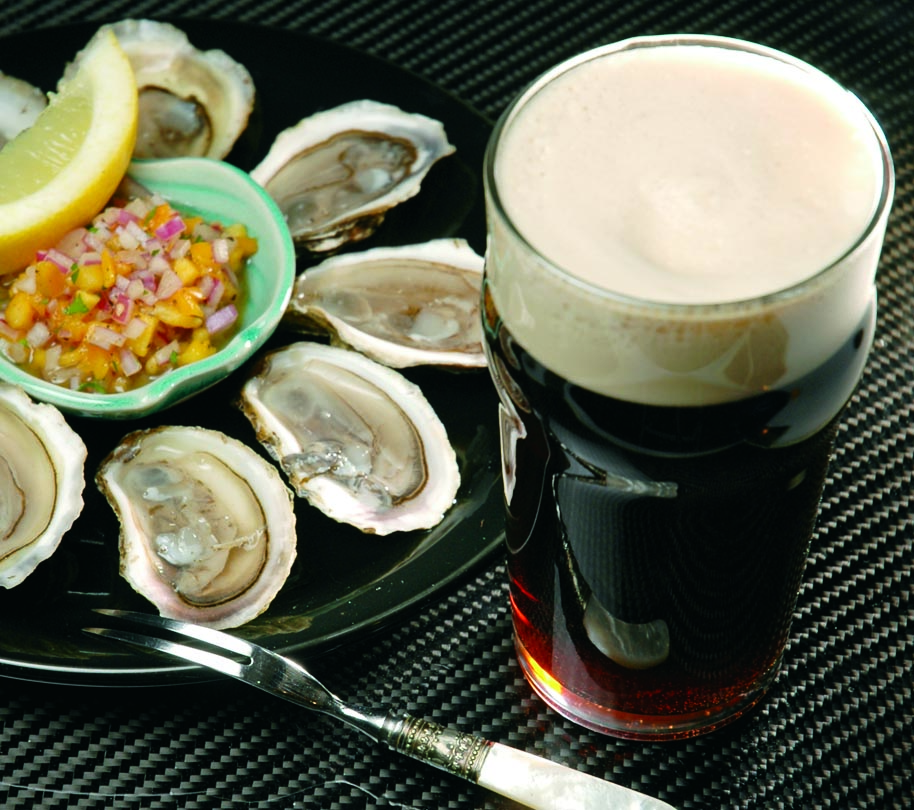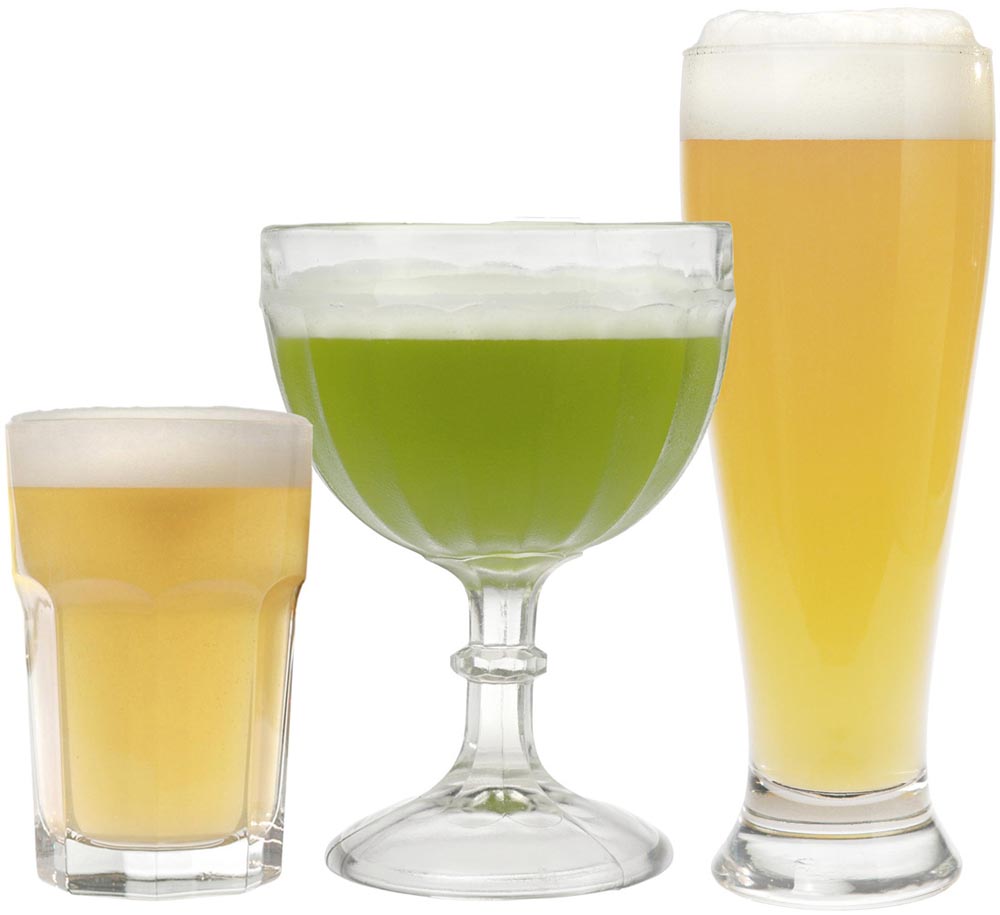As homebrewers, we are often called upon to brew something special to celebrate a milestone: a wedding, a graduation, or just surviving another year in the cubicle. And when the audience is entirely beer-maniacal, anything goes. But the real test of a brewer is to please those used to cold, chilly and bland, while upholding your homebrew oath to always brew something interesting. It’s a balancing act that requires the brewer to deconstruct the beer preferences of his or her audience and assemble a subtle, but compelling, recipe.


